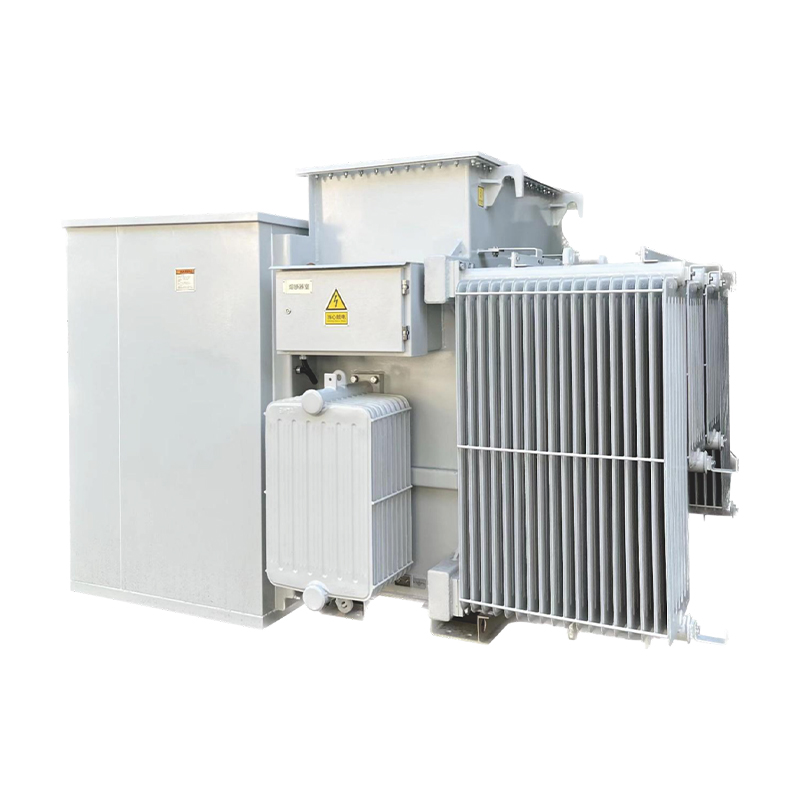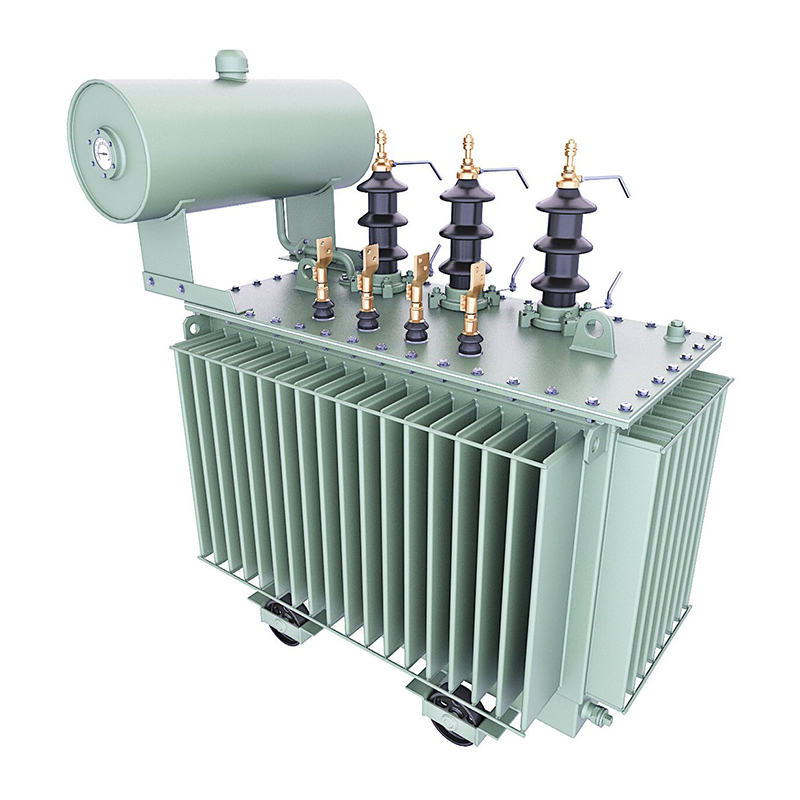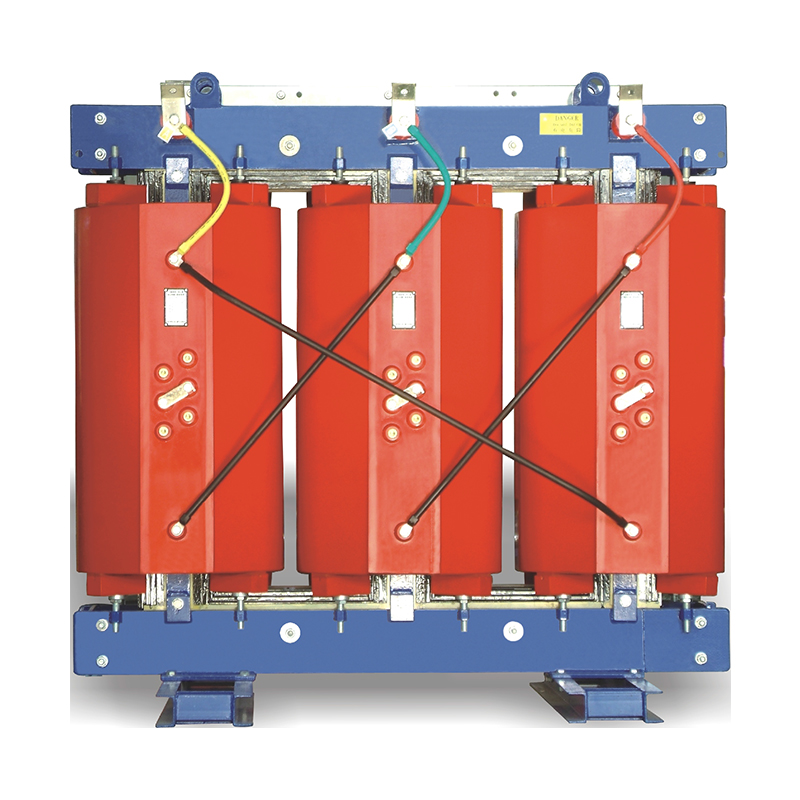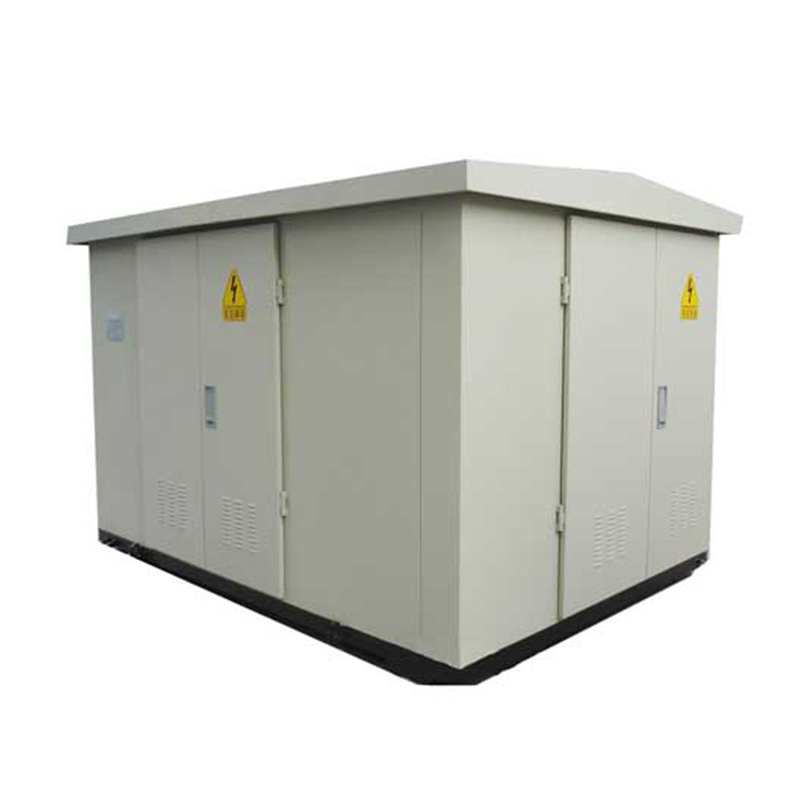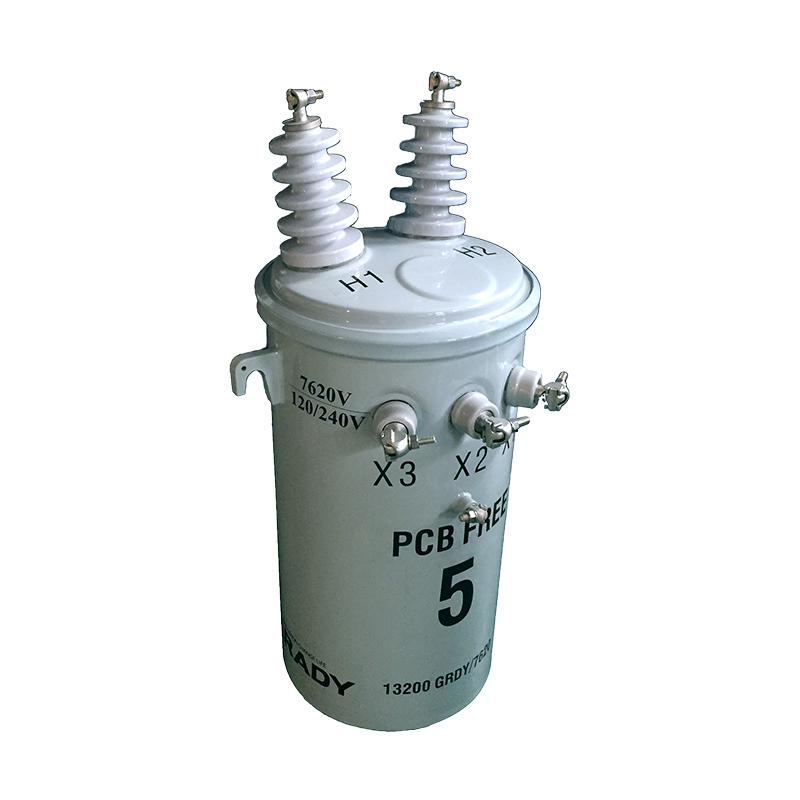The Role of Power Transformers in Voltage Regulation within Power Systems
Load Variations: Industrial machinery, residential appliances, and commercial equipment create varying demand. Sudden increases in load (e.g., during peak hours) can cause voltage drops, while rapid load reductions may lead to voltage surges.
Transmission Line Losses: Electrical energy transmitted over long distances experiences losses due to resistance in conductors, known as I²R losses. These losses increase with current, leading to voltage drops along the line.
Generator Output Variations: Renewable energy sources such as wind and solar power exhibit intermittent output, causing fluctuations in the voltage supplied to the grid.
Fault Conditions: Short circuits, line faults, or equipment failures can trigger abrupt voltage deviations, potentially disrupting the entire system.
Equipment Damage: Motors, transformers, and electronic devices are designed to operate within specific voltage tolerances (typically ±5% of nominal). Sustained undervoltage can cause overheating and reduced lifespan, while overvoltage may lead to insulation breakdown or burnout.
Reduced Efficiency: Under-voltage forces motors to draw higher currents to maintain power output, increasing energy consumption and operational costs.
Grid Instability: Persistent voltage imbalances can propagate through the grid, triggering cascading failures or blackouts in extreme cases.
The International Electrotechnical Commission (IEC) specifies that nominal voltages in low-voltage distribution systems (e.g., 230V) should remain within ±10% under normal operating conditions.
In the United States, the Institute of Electrical and Electronics Engineers (IEEE) Standard 1159 outlines voltage tolerance levels, with typical limits of ±5% for industrial and commercial systems.
The European Committee for Electrotechnical Standardization (CENELEC) enforces similar regulations to ensure consistency across member states.
Off-Load Tap Changers (OLTC): These devices require the transformer to be de-energized before adjusting taps. They are typically used in applications where load changes are infrequent, such as in distribution transformers serving stable residential areas.
On-Load Tap Changers (OLTC): Designed to adjust taps while the transformer is energized and under load, OLTCs are critical for maintaining voltage stability in dynamic environments. They use complex switching mechanisms (e.g., vacuum interrupters or oil-immersed contacts) to transition between taps without interrupting power flow. OLTCs can adjust voltage in small increments (typically ±10% of nominal voltage in steps of 1.25% to 2.5%), allowing precise regulation.
Compensating for minor fluctuations in generator output due to load changes or fuel supply variations.
Ensuring the transmitted voltage is high enough to minimize line losses (since higher voltage reduces current for the same power, lowering I²R losses).
OLTC-equipped substation transformers continuously monitor secondary voltage and adjust taps to counteract line losses. For example, if a transmission line experiences a 5% voltage drop, the transformer can increase its secondary voltage by 5% to maintain the desired level for distribution.
They also mitigate voltage fluctuations caused by sudden changes in power flow, such as those induced by renewable energy integration or grid interconnections.
Fixed Taps with OLTCs: Urban areas with high load variability use distribution transformers with OLTCs to adjust voltages in real time. For instance, during morning and evening peak hours, when residential and commercial loads spike, the OLTC increases the secondary voltage to offset drops caused by heavy current draw.
Voltage Regulators as Auxiliary Devices: In some cases, separate voltage regulators (e.g., step-voltage regulators) are installed in parallel with distribution transformers. These devices act as “fine-tuners,” adjusting voltages by ±10% in small increments to complement the transformer’s primary regulation.
Smart Transformers: Emerging digital distribution transformers integrate sensors and communication modules to monitor load patterns and voltage levels remotely. They can automatically adjust taps or communicate with grid management systems to coordinate regulation across the network.
An OLTC-equipped transformer continuously measures the secondary voltage. If the voltage falls below a set threshold (e.g., 220V for a 230V nominal system), the OLTC activates to increase the number of secondary turns, raising the output voltage.
Local control ensures rapid response to sudden fluctuations, with adjustment times typically ranging from 100 milliseconds to 2 seconds.
Collect real-time data on voltage levels, load distribution, and grid conditions across multiple transformers.
Optimize regulation decisions to balance voltage stability across the entire network, rather than individual transformers. For example, if multiple transformers in a neighborhood experience voltage drops, the central system can coordinate their OLTC adjustments to avoid overcompensation or cascading effects.
Predict load changes using machine learning algorithms, allowing proactive voltage adjustments. For instance, the system may increase voltages in anticipation of evening peak loads based on historical patterns.
Learn from historical data to improve regulation accuracy over time.
Adjust response parameters based on environmental conditions (e.g., temperature, which affects line resistance) or grid configurations (e.g., the addition of new renewable energy sources).
Intermittent renewable generation causes rapid voltage fluctuations. For example, a sudden drop in sunlight can reduce solar inverter output, leading to voltage sags. Transformers must adjust quickly to compensate, requiring OLTCs with faster response times (≤500 milliseconds).
Distributed energy resources (DERs), such as rooftop solar panels, can reverse power flow in distribution networks, creating voltage rises. Transformers must regulate voltages in both directions, a capability not required in traditional one-way grids.
Relatenews
- The Role of Power Transformers in Voltage Regulation within Power Systems 2025-08-25 08:14:00
- Environmental Regulations and Technical Measures for Power Transformer Noise Control 2025-08-25 08:12:00
- The Application of Big Data Analytics in Power Transformer Fault Prediction 2025-08-25 08:11:00
- Impact of Distributed Generation Integration on Load Characteristics of Power Transformers 2025-08-16 09:43:00
- Conditions and Protection Coordination Strategies for Parallel Operation of Power Transformers 2025-08-16 09:42:00
- Application of On-Line Oil Chromatography Monitoring Systems for Power Transformers 2025-08-16 09:38:00
- Capacity Calculation Methods for Power Transformers in Electric Vehicle Charging Stations 2025-08-09 16:02:00
- Key Technologies of Smart Power Transformers: Sensors, IoT, and Big Data 2025-08-09 15:59:00





